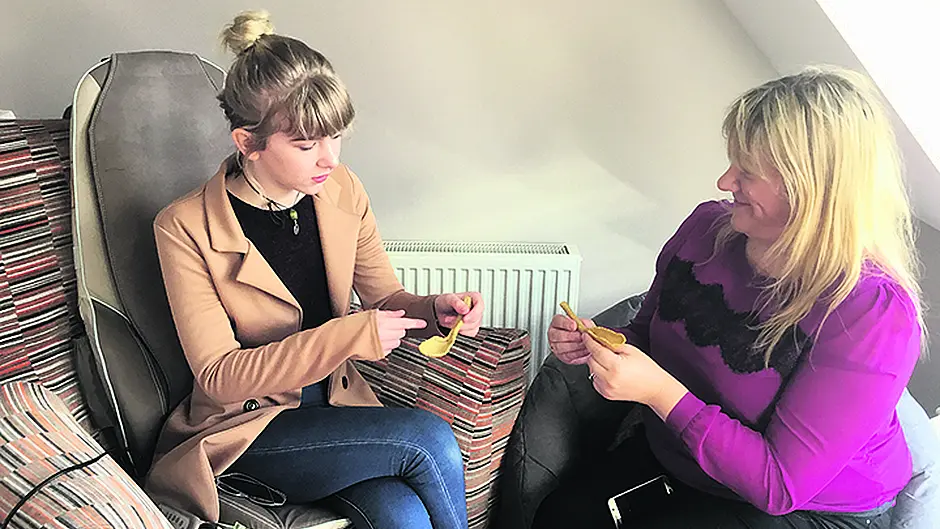An arts project will cast 110 spoons in bronze to commemorate the lives of West Cork women
A YEAR-long arts project, researching the history of the 110 girls from Skibbereen who were transported to Australia during the Great Famine, will culminate in the completion of a bronze sculpture.
The Uillinn West Cork Arts Centre, in partnership with the Health Service Executive, commissioned Scottish artist, Toma McCullim, to complete the project, which is designed to connect today’s community with the stories of the past.
Toma, who is based in Ballydehob, began her project, ‘110 Skibbereen Girls’ with two residencies at Uillinn and at the Skibbereen Hospital campus.
During both residencies, Toma delivered tours, talks, and art workshops that investigated the lives of the 110 girls, their journey to Australia, and today’s diaspora.
In July, an art installation featuring 110 spoons, cast in bronze, will be embedded into the walls of an old Famine workhouse in the hospital grounds.
Each spoon – cast by the staff and residents working and living at Skibbereen Hospital – will represent the lives of each of the girls, who were aged between 14 and 18, when they were sent from the workhouse in Skibbereen to Australia, under Earl Grey’s Famine Orphan Scheme.
The girls did not necessarily have to be orphans to ‘qualify’ for the scheme, but were, for one reason or another during those turbulent times, no longer living with their families.
Under the provisions of the scheme, the girls were to be of good character, unmarried, and have no children so there would be no encumbrances when it came to marrying Australian settlers.
The young women recruited for the scheme were expected to work as domestic servants on arrival in Australia, until they reached an age, deemed appropriate to marry a suitor.
Life was hard but there were opportunities and many of the women went on to live long lives and have, on average, nine children each.
Their lives will be remembered as part of a lasting sculpture located near the famine burial ground on the hospital campus.
The work of art is already generating much interest because it is believed it will be another significant link in how Skibbereen remembers its past. It has the potential, too, to become a place to visit, especially as 10,000 members of the diaspora in Australia can claim ancestral links to these young women.
Toma believes that by bringing people together to talk about ‘the legacies we have inherited we can make new shapes of the future’, and the Skibbereen girls can be celebrated for the contribution they made to creating modern Australia.
The project is managed by Justine Foster at Uillinn West Cork Arts Centre. She told The Southern Star that work on casting the spoons in bronze will begin this week, and that, on Thursday, April 26th, Toma will be outlining what the project has uncovered as part of a sold-out conference ‘Check Up, Check In’ for arts and healthcare professionals at the Crawford Art Gallery in Cork.
The finished sculpture ‘110 Skibbereen Girls’ will be launched in July in conjunction with the Coming Home: Art and the Great Hunger, a major and significant exhibition of historical and contemporary artwork from Ireland’s Great Hunger Museum, Quinnipiac University, Connecticut, USA.
The project is funded by the West Cork Municipal District’s Creative Community Scheme and Cork County Council’s Creative Communities, as well as the Cork Kerry Community Healthcare and the National Lottery.










